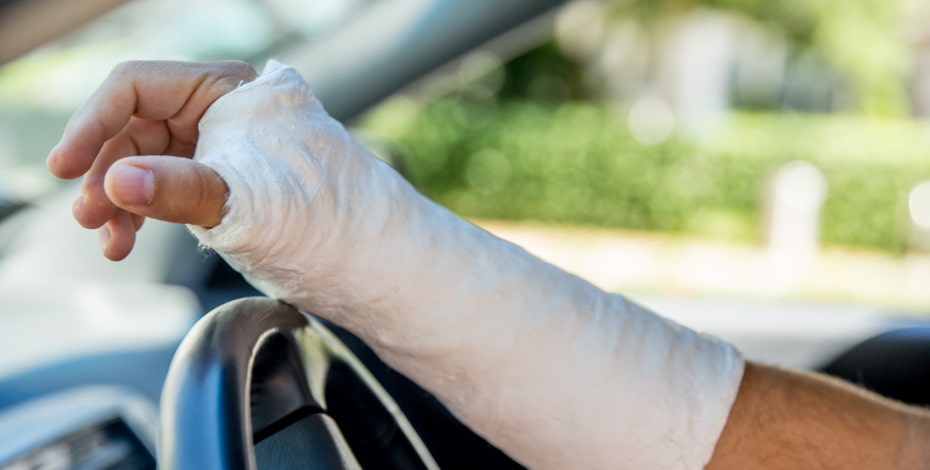
Upper limb injury and driving: when is it safe?

Completing her undergraduate physiotherapy degree in 2005 at Curtin University in Western Australia, Susie Stinton, APAM, is a Perth-based physiotherapist who works part-time practising in a private hand therapy clinic while undertaking her PhD, via distance, through the University of Sydney.
Susie has been working in the hand and upper limb area for the past 10 years and completed the Accredited Hand Therapy certification through the Australian Hand Therapy Association when it became available last year. In 2019 she received a $9920 PRF Seeding Grant to assist with her research ‘Is it safe to drive after wrist fractures and upper-limb burns? Identifying factors that increase the risk of motor vehicle accidents after common upper limb injuries.’
Susie says the topic for her research came about as ‘a clinical problem that I was facing as a physiotherapist.
'There are so many patients who ask when they’re allowed to return to driving after whatever relevant upper limb injury they’ve sustained. The problem for us is that the current evidence and the previous research on this topic is really limited,’ Susie says. This leads to conflicting information.
‘Two patients who have a very similar upper limb injury are often told two different things regarding when they were able to safely return to driving, depending on their treating doctor or specialist,’ Susie says.
‘There have been survey studies that have highlighted these inconsistencies in opinion, with the advice given regarding return to driving for patients with a conservatively managed wrist fracture can vary anywhere between zero and 12 weeks following the injury’.
Susie mentions that this timeframe is entirely dependent on the practitioner.
The aim of Susie’s research is to ‘give both physiotherapists and other medical professionals better high-quality information regarding the safe return to driving after wrist fractures.’
She says ‘this stage of our project is about defining the car crash risk and by using the state government-based data collections, we’re estimating we’ll capture information relating to around 50,000 individuals with upper limb trauma. It will give a very black and white answer as to if these people are at a higher risk of being in a car crash when they return to driving.
'Once we have a better understanding of that risk, we can also have a look at the variables that might influence the risk. Maybe there are timeframes that are important or maybe patients that are managed surgically rather than conservatively might have a higher risk. Or other factors, such as age and gender, may also be important to consider.’
Susie’s ideal methodology to undertake this research involves the use of big data sets that come from various government and state data collections.
Her goal is ‘to capture every adult who has had a wrist fracture and was managed in a hospital in WA in the last 10 years'.
'Then we want to link their health information with any car crash data that relates to these individuals.’
However, for Susie to get hold of the data, she needs a ‘data linkage service’, which is where the PRF grant assisted this research.
As Susie says ‘the data linkage service in WA involves a substantial cost, so we needed to apply for funding so we could move forward’. This service is integral to this type of research as it is ‘a way to access the databases, but also a way to combine or to link this information from both the
health data collections and the main roads car crash data in a deidentified way. This ensures the privacy, ethical principles and so forth are maintained throughout the study.’
Email inmotion@australian.physio for a list of Susie’s published academic articles on this topic.
Susie Stinton received a 2019 Physiotherapy Research Foundation Seeding Grant to help compile data relating to approximately 50,000 people who have experienced upper limb injury, for her research into the safety of driving after wrist fractures and upper limb burns.
>> Susie Stinton has been working with the hand and upper limb for 10 years. Prior to this, her experience included working with burns, trauma and plastic surgery in hospital systems in Peth, Sydney and London. She works in private practice and is completing her PhD thesis ‘Driving performance following a wrist fracture’.
© Copyright 2025 by Australian Physiotherapy Association. All rights reserved.





